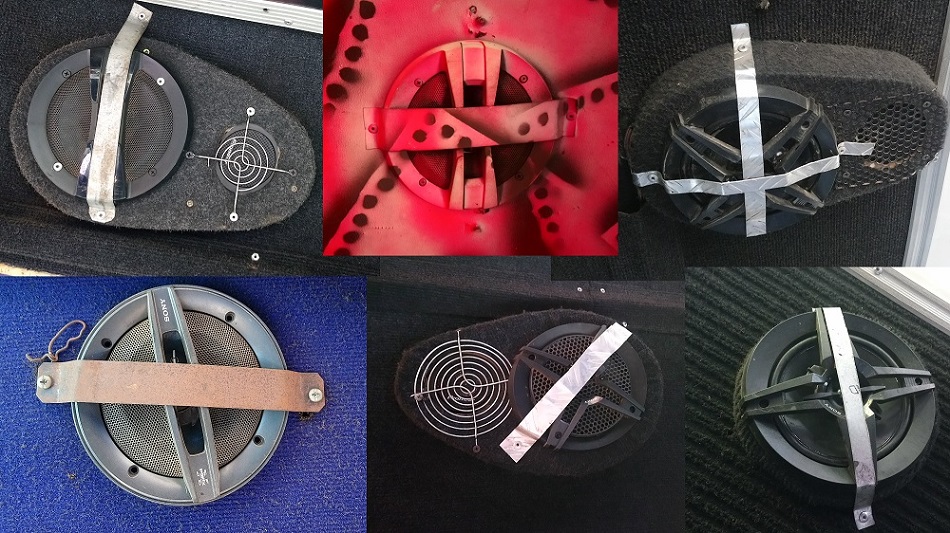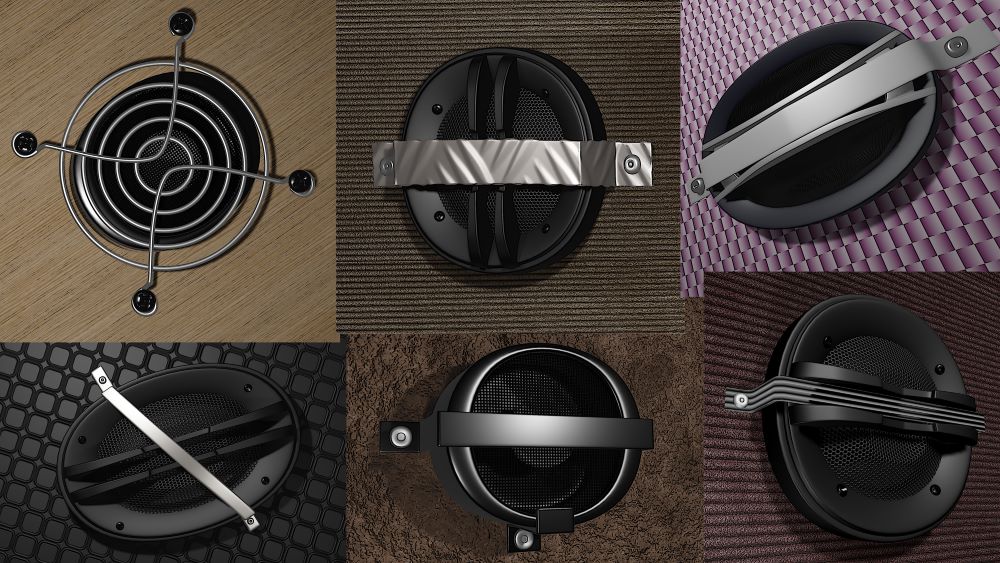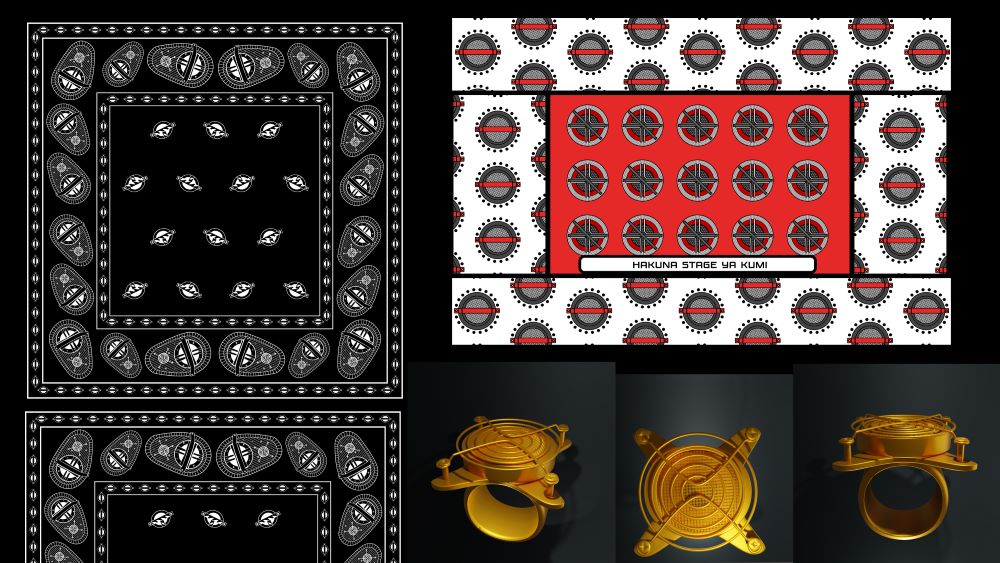Karun Thakar Fund Project Grant recipient Adam Yawe is a 3D Artist and Product Designer living and working in Nairobi, Kenya. Here Adam introduces himself and his project Vitu vya Sanaa.

Project background
In the study of African textiles and dress there is a lot of emphasis on traditional African culture; the clothing, the jewellery, the symbols and their meanings. Colonialism’s impact on our connection to these histories has led to a need to seek out artefacts of previous times, to reconnect us with our past. However, I believe there is also a need to observe our culture post-colonialism, and use it as inspiration for textiles and dress going forward into the future.
Many artists and designers of African origin are searching for inspiration that is both meaningful and relevant to their heritage. In my experience, it led me to search for as much documentation of my traditional culture as I could find. The results of this search have been texts and images often coming from the point of view of a foreigner, frequently portraying this traditional culture as primitive and backward. This has caused a feeling of disconnection between me and my heritage, and it is a feeling that many of my contemporaries share. I have come to accept that a return to traditional cultural practice is all but impossible, but in a post-colonial urban setting, we are surrounded by meaningful material culture on a daily basis.
Vitu Vya Sanaa
Vitu vya Sanaa is a practice that seeks to explore urban Kenyan material culture as an aesthetic basis for the creation of objects. It means looking at the present, as opposed to the past, for inspiration. I want to study this culture in depth; its structure, its reason for being, as well as potential hidden meanings that might be gleaned. I want to start with the matatu (shared minibus taxis) speaker and their unique artisanal methods of mounting. A matatu is an important cultural space, seeing as the majority of Kenyans use them for public transportation. The objects within it are thus contextually relevant, though they often go unnoticed.
A methodology for crafting meaningful objects
The key output from this project shall be an art book. The main purpose of the book will be to outline a methodology through which one can seek out and develop motifs and designs from objects encountered on their everyday journeys – the matatu speakers and their unique forms of mounting acting as a case study.

These speakers are not only symbolic of the iconic Kenyan ‘Jua Kali’ way of making, characterised by the use of readily available materials to create final products, but also speak to Kenya’s matatu culture, public transportation that has become emblematic of a certain way of life.
This symbol shall then be the vessel by which we traverse various forms of textile and jewellery. Exploring the khanga, the East African fabric featuring various motifs and sayings, the iconic Ashanti jewellery and Adinkra symbols from Ghana and the boteh/buta motifs of Iranian and Indian origin that famously decorate bandana fabric.



